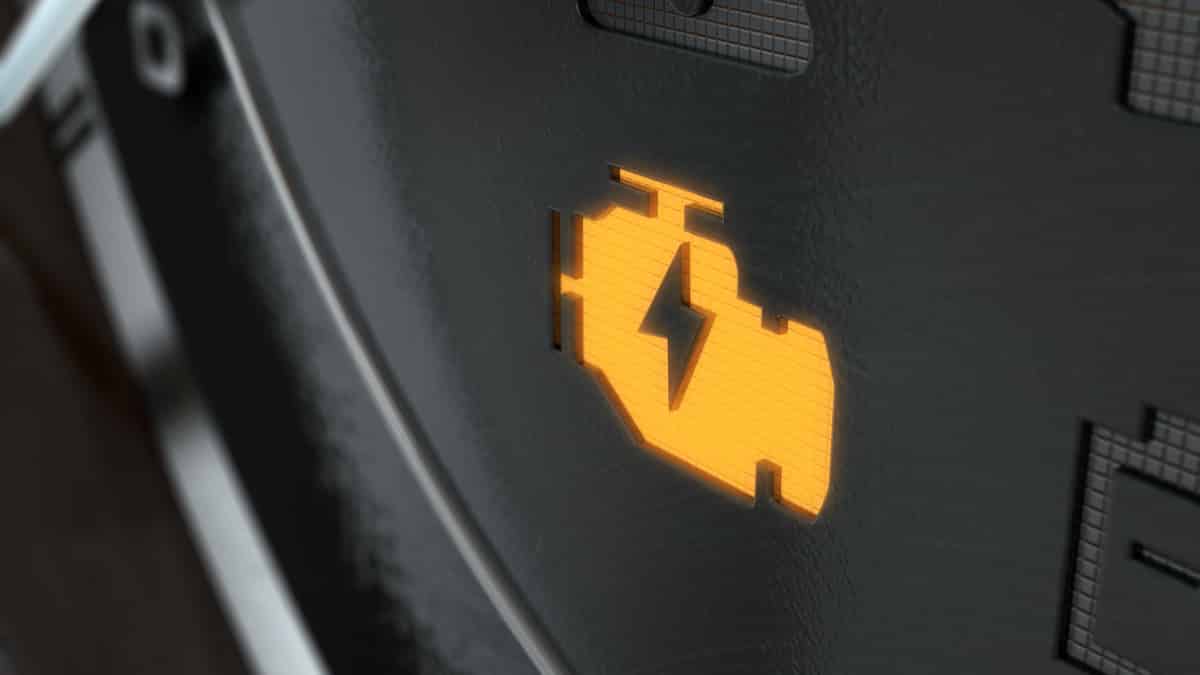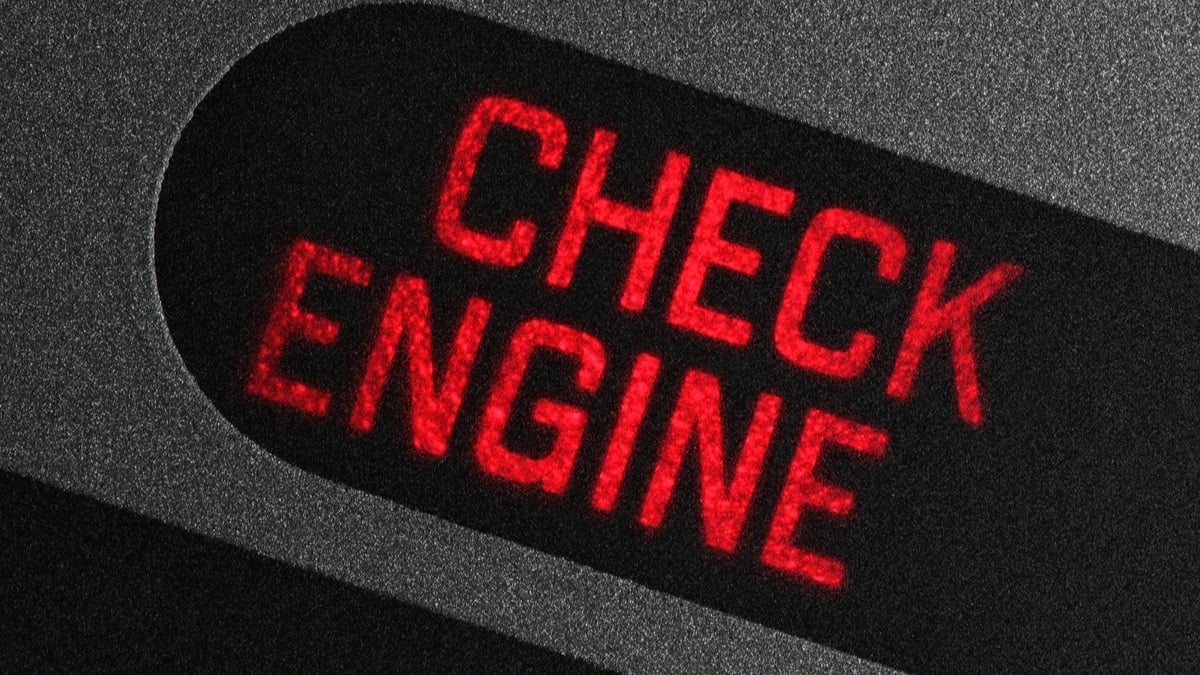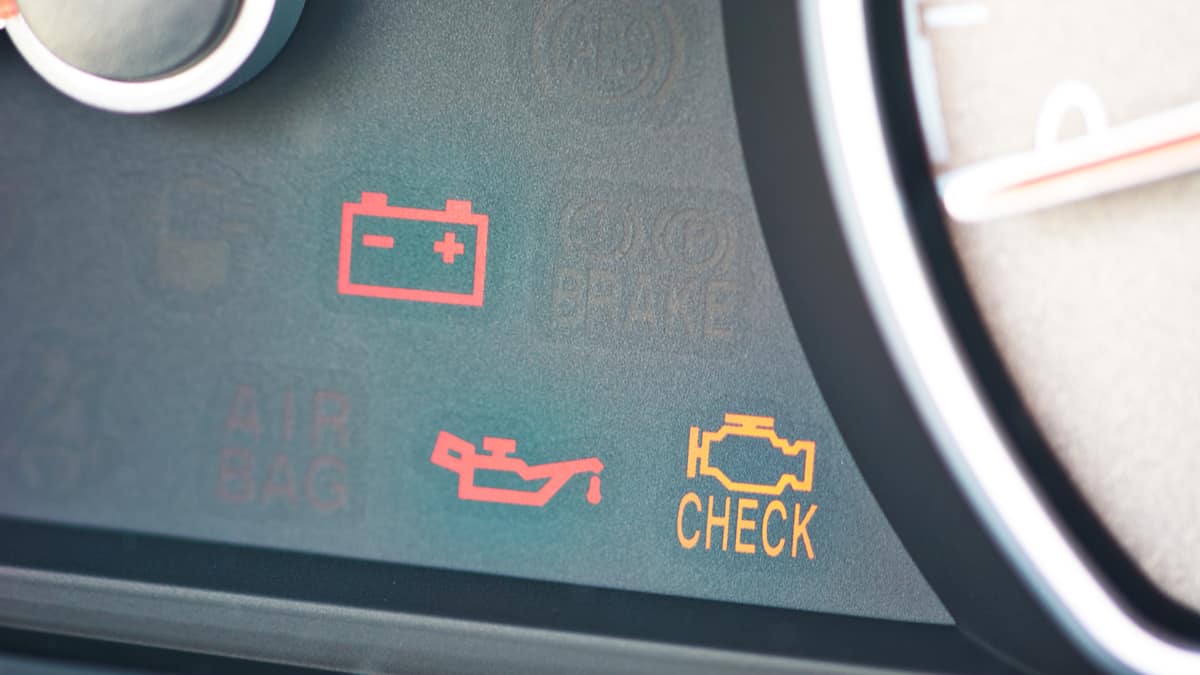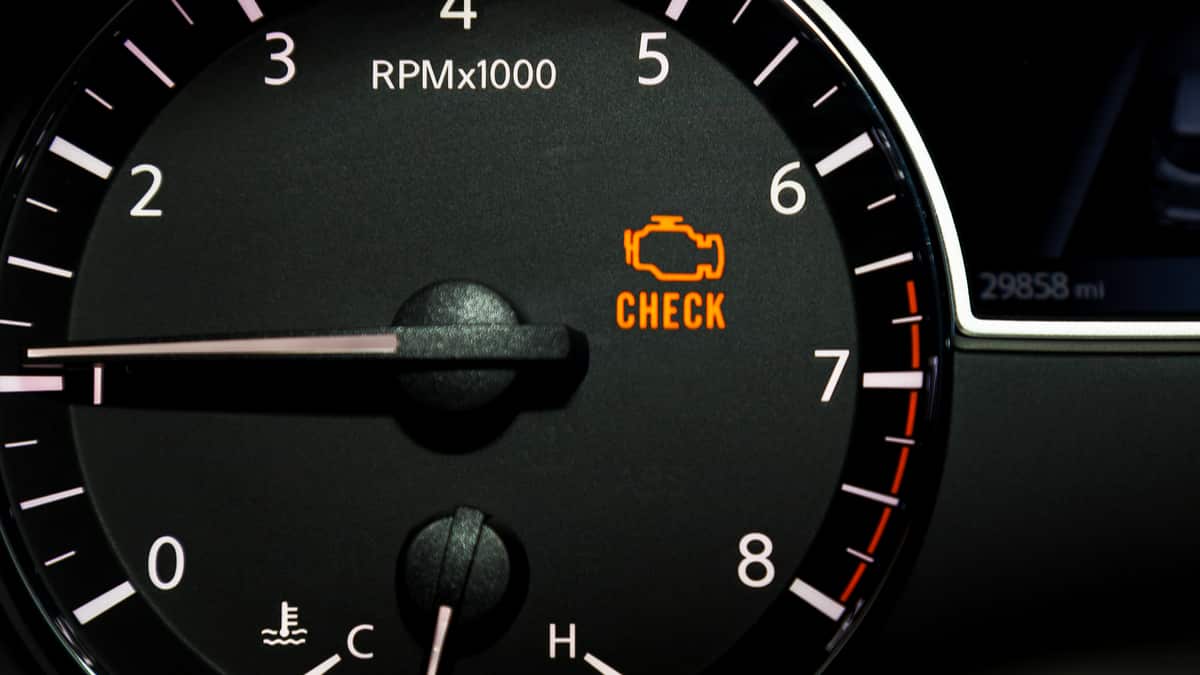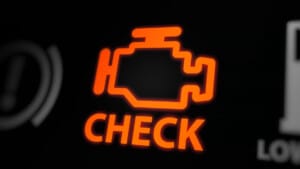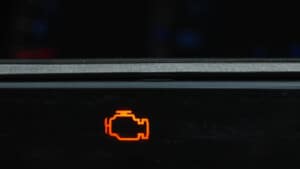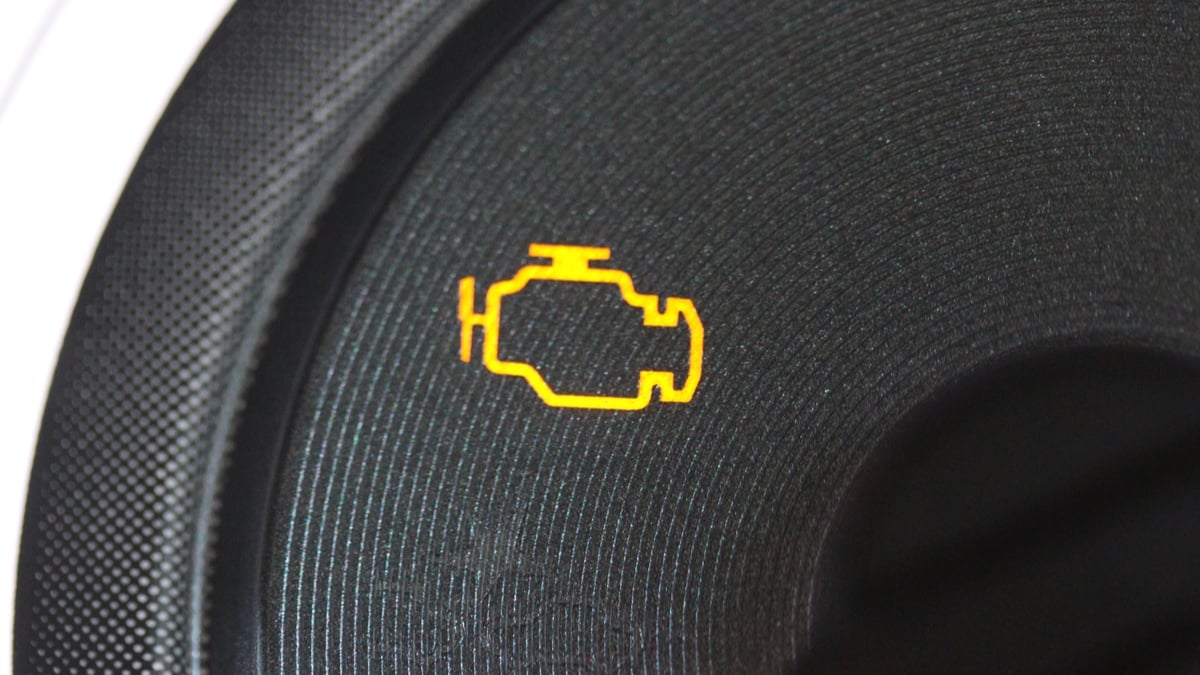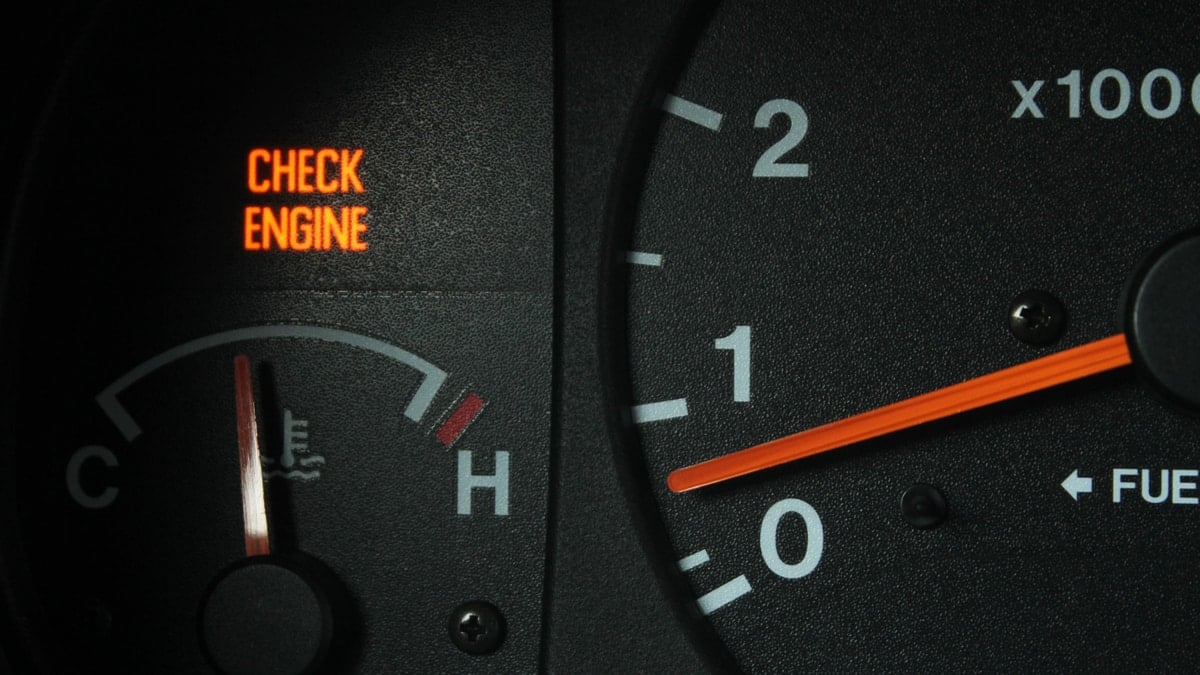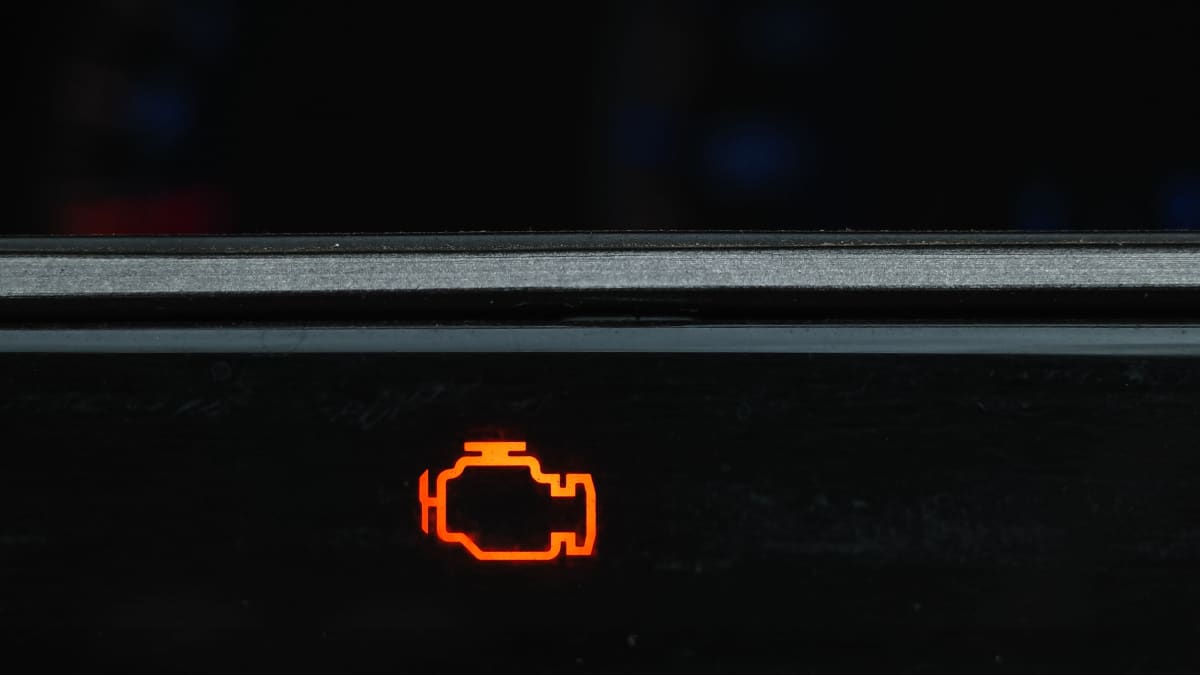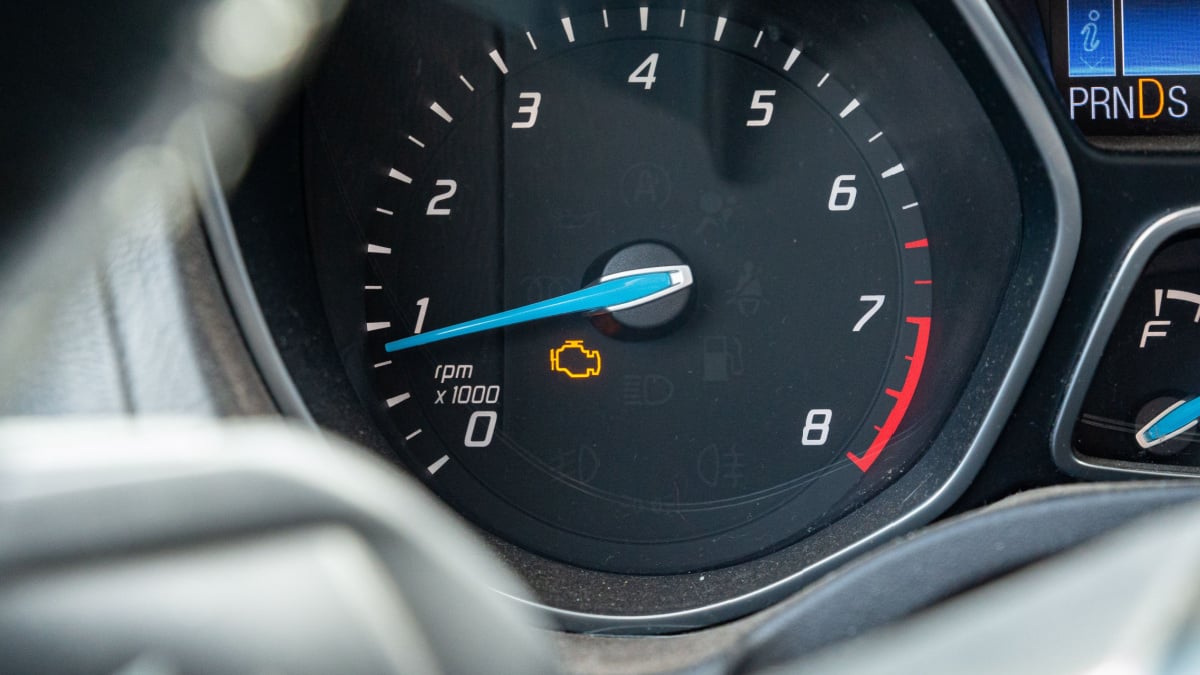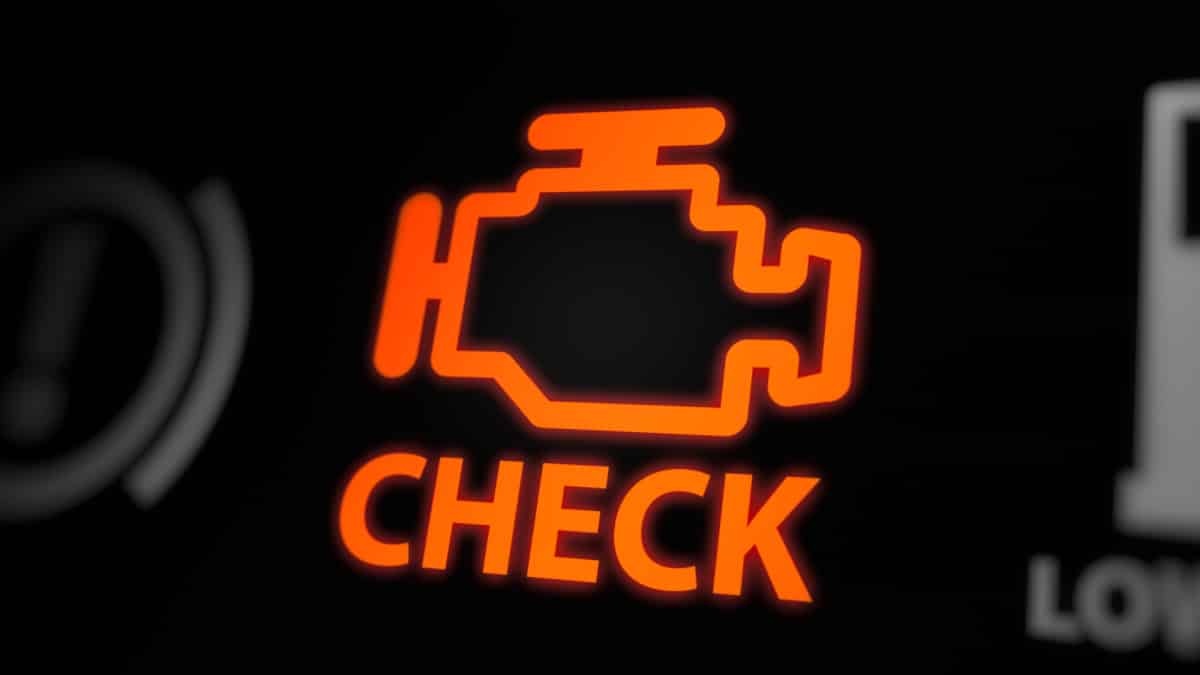Your car’s dashboard is equipped with many warning lights to tell you when something is wrong. The Check Engine Light might be one of the most recognizable, but most people see it come on as a solid light. In the rare times when the Check Engine Light is flashing, you need to know what to do next.
Throughout this guide, we discuss the main concerns to be aware of when you see a flashing Check Engine Light. We further discuss some steps you can take to resolve the issue. When you reach the end of our article, you will find answers to your top questions, such as if you should keep driving once the Check Engine Light starts flashing.
What Does A Flashing Check Engine Light Mean?
When there’s a concern with the engine or vital car systems, the Check Engine Light comes on to get your attention. The Check Engine Light can come on for hundreds of different reasons or trouble codes. Seeing a flashing Check Engine Light is much rarer.
When the Check Engine Light flashes, it designates that the problem is severe and must be dealt with immediately. There are only a handful of concerns that would lead to a flashing light, so it’s often easier to diagnose.
While it might be easier to figure out, the problems are normally much more difficult to deal with, often pointing to some level of failure that could be catastrophic if allowed to continue.
Causes of a Flashing or Blinking Check Engine Light
The most common cause of flashing or blinking check engine light is a misfiring engine, which can be caused by several different engine issues. Ideally, you will want to troubleshoot the vehicle and check the DTCs to find out what’s causing the issues.
For now, here are four possible causes worth considering.
1. Misfiring Engine
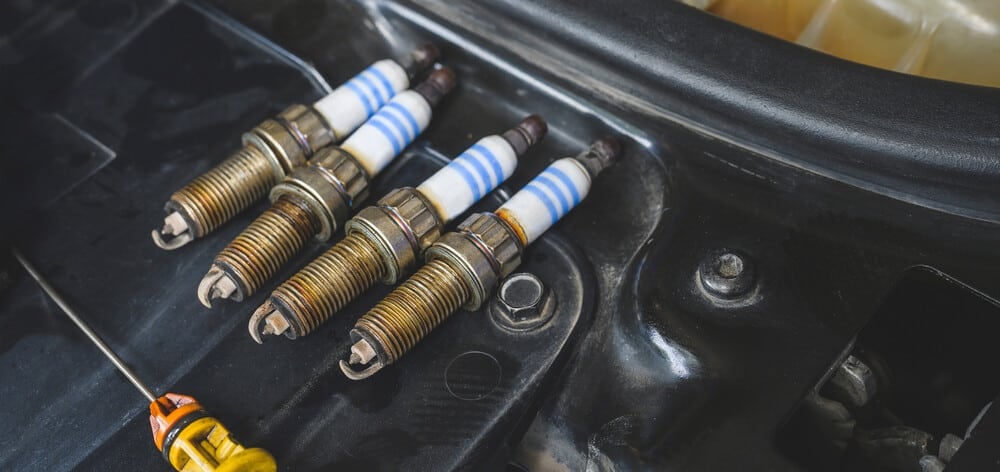
When an engine misfires, one or more of the cylinders doesn’t produce the power it should. A misfire can be caused by numerous problems, many of which can also lead to a flashing Check Engine Light. For example, you might be dealing with fouled-out spark plugs, a faulty oxygen sensor or a vacuum leak.
When the engine misfires, you notice a decrease in acceleration. The car can also start shaking when you try to go faster. It may feel like the vehicle loses power for a period. When it’s idling, the engine might feel like it’s vibrating more than normal. The trouble with a misfire is that it can occur intermittently or only when the engine is at a certain temperature.
It’s never wise to continue driving with a misfiring engine. At any time, the engine can quit working on you. Plus, you are allowing additional wear to other parts of the car. If that’s not enough, the engine is going to use more fuel and emissions will be increased during this time.
2. Low Fuel Pressure
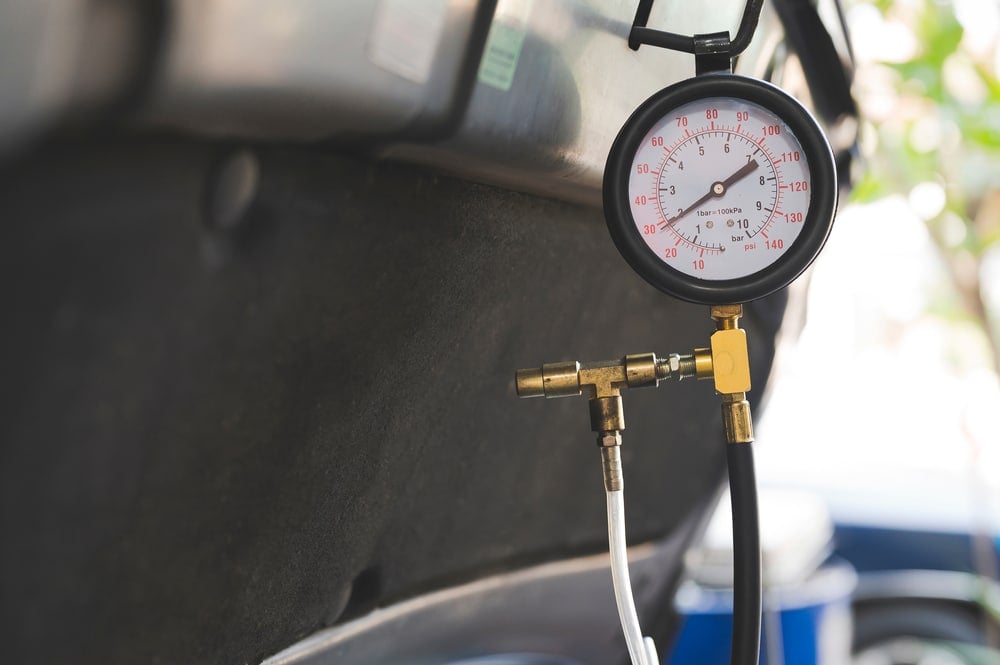
The combustion chamber needs to have the right balance between fuel and air to ensure proper operation. If the fuel pressure is too low and the engine is starved of fuel, there could be serious problems. Low fuel pressure can be caused by bad injectors, a failing regulator, a broken pump, a clogged fuel filter, or a defective sensor.
When the fuel pressure is low, you might notice trouble accelerating. The engine could also misfire or stall as a result. Plus, it’s common to hear a whining noise with fuel problems. Allowing fuel pressure to remain low can put further wear on the engine and vital components.
3. Faulty Engine Sensor

Within the engine, there are a number of sensors working together to feed information to the computer. The computer takes this information to make decisions for better operation. If one of the sensors is bad, the computer is receiving faulty information. This problem can cause the computer to make decisions that shouldn’t be made, which leads to an imbalance and serious performance problems.
Some of the most common sensor failures include both the oxygen sensor and the mass airflow sensor. However, you could also be looking at a problem with the coolant temperature sensor or any one of the other high-tech features. The only way to know for sure which one is the problem is to scan the codes.
RELATED: 15 Types of Car Sensors (& What They Do)
4. Low Compression
For the engine to run, air and fuel must be present in addition to compression. The compression must reach an exact amount of pressure or there will be performance issues. With a lack of compression, the car can jerk, lose power and fail to accelerate.
Some of the top causes for compression issues include damaged piston rings, worn pistons, valve problems or faulty head gasket. However, the problem could also stem from a bad timing belt or chain.
How to Fix a Flashing Check Engine Light
It’s imperative that you stop driving immediately when the Check Engine Light starts flashing. Once you are pulled over, you can run through these steps to get to the heart of the issue.
1. Scan Trouble Codes
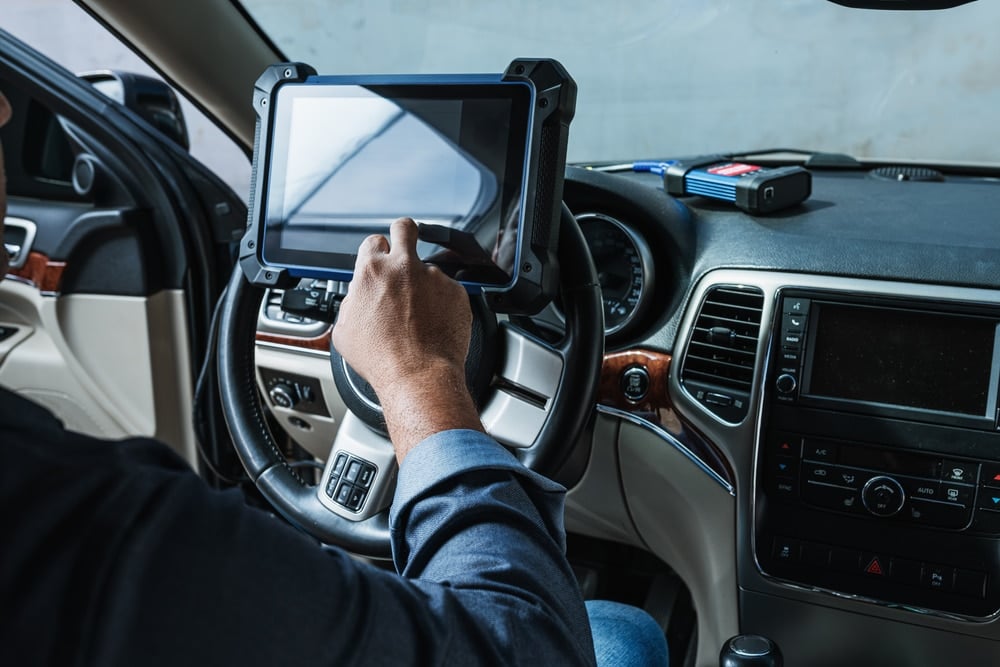
To fix a flashing check engine light, you need to read the trouble codes first. With your professional code scanner, you can read the DTCs that are set in the computer. You can use a variety of OBD-II scanners to figure out what’s going on, but some read more codes than others.
Additionally, if you don’t have your own scanner, there are other options. You can go to an auto parts store that offers free scanning services. When you find the trouble codes, you should continue the troubleshooting depending on which codes you find. We have a library here on Mechanic Base to research different trouble codes.
2. Inspect Spark Plugs and Ignition Coils
If the codes lead you to believe that the ignition system is to blame, you should take a look at the spark plugs. When carbon builds up on the plug, it can fail. The only solution is to replace the spark plug.
Additionally, if the code shows a problem with the ignition coils, you will need to replace these. The defective coil should be indicated by the trouble code.
3. Check Fuel Pressure
To check the fuel pressure, you can use a special gauge. Evaluate the normal reading through your service manual to see where it is supposed to be.
You can also use some advanced scanners to check the fuel pressure. If it is too low, you must diagnose what part is causing the problem and replace it.
4. Inspect Engine Sensors
You can’t physically examine every engine sensor on your car. However, the code scanner should help you determine which one might be to blame.
Once you pinpoint the sensor that’s bad, there’s a chance you can simply clean it off and reinstall it. Otherwise, a replacement will be necessary.
5. Contact A Professional
It’s important that you take the flashing Check Engine Light seriously. This warning light indicates that something major is occurring. For this reason, it’s sometimes best to consult with a professional.
You don’t want to take chances with something as important as your car engine. Whether you need help with diagnostics or repair, take time to search for a reputable repair shop that you can trust.
Can I Drive With A Blinking Check Engine Light?
While it might be okay to drive with a solid Check Engine Light, once it starts flashing, it’s time to stop. Continuing to drive could cause irreversible damage to the engine, which is why many cars will also go into a Limp Mode during this time. Pull over on the side of the road as soon as it is safe to do so.
Is It Worse If Your Check Engine Light Is Flashing Or Solid?
It’s never good to see a Check Engine Light. However, the solid warning light is often less troublesome than the flashing light. A blinking Check Engine Light typically indicates imminent failure that could destroy the car engine. For that reason, you should stop driving immediately.
Why Is My Engine Light Flashing And My Car Shaking?
Most of the problems that lead to a Check Engine Light flashing can also cause performance issues, such as shaking. Proper diagnosis will indicate if there’s a spark problem, trouble with the fuel delivery, low pressure or a malfunctioning sensor that is to blame.
Can Bad Spark Plugs Cause Check Engine Light To Blink?
As spark plugs start to foul, the Check Engine Light might not flash. There’s normally time to change the plugs before the problem gets that bad. However, if you let the plugs go unchecked, the engine will eventually misfire, which can cause the Check Engine Light to flash.
How Much Does It Cost To Fix A Flashing Engine Light?
The cost depends on what needs to be repaired. For example, new spark plugs might only cost $100, while low fuel pressure could range anywhere from $50 to $750 to repair. Additionally, malfunctioning sensors tends to cost $50 to $650, while low compression repair can quickly add up to thousands of dollars.
With a flashing Check Engine Light, you know there’s a serious problem that must be dealt with immediately. It could be caused by a misfiring engine or low fuel pressure. It can also be due to a faulty engine sensor or low compression. Either way, you should stop driving immediately.
There’s no room to hesitate because seconds could make the difference as to whether your engine becomes damaged or not. When the light starts to blink, find a safe place to pull over and turn the engine off immediately.
By taking swift action, you have the chance to prevent further damage. With a code scanner or through the help of a professional mechanic, you can figure out what went wrong and begin the repair.
Sources:
Learn more:
- Check Engine Light After Oil Change – Causes & How to Fix
- Check Engine Light On But No Codes – Causes & How To Fix It
- How to Reset a Check Engine Light (5 Easy Methods)
Categories: Engine, Warning Lights
